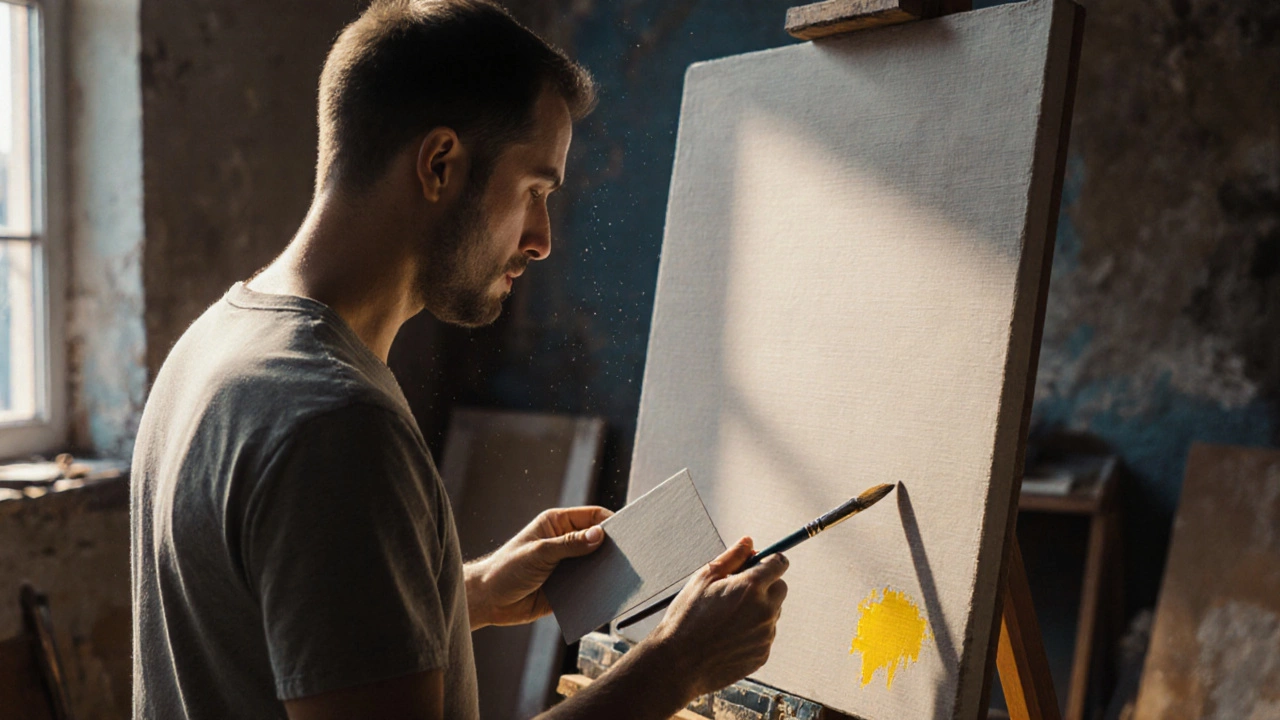Scumbling: Master the Textured Brush Technique
When working with Scumbling, a method where thin, opaque paint is brushed over a dry layer to create a broken‑color effect. Also known as dry brushing, it lets artists soften edges, add glow, and build atmospheric depth without fully covering underlying tones. Scumbling is especially popular in oil painting, where its semi‑transparent layers interact with the medium's natural richness. By adjusting pressure and pigment density, you can turn a flat background into a luminous, misty scene in just a few strokes.
Tools, Texture, and How Scumbling Connects to Other Techniques
The right tools make a huge difference. A soft, flat‑sided brush is the classic choice, but many artists reach for a palette knife, which lets them scrape and spread paint for a more rugged, impasto‑like finish. Speaking of impasto, this thick‑paint technique often pairs with scumbling when you want both pronounced peaks and subtle, hazy overlays. The combination creates a surface that catches light in varied ways, giving your work that tactile quality collectors love. Whether you’re adding a thin veil of gray over a warm sunset or a hint of blue on a shadowed wall, scumbling works hand‑in‑hand with glazing, underpainting, and even the spatula method highlighted in our other guides.
Why does scumbling matter for modern artists? It solves a common problem: how to suggest depth without resorting to heavy modeling. By layering semi‑opaque washes, you keep the original brushwork visible, which adds authenticity and a sense of immediacy. This technique also dovetails with current trends like mixed‑media installations, where texture plays a central role. For beginners, mastering scumbling opens the door to more advanced approaches like chiaroscuro and atmospheric perspective. For seasoned painters, it offers a quick way to revive a composition or inject mood without reworking the whole canvas. Below you’ll find articles that break down the spatula technique, choosing the best canvas, and pricing your textured works—each one showing how scumbling fits into the broader toolbox of oil painters.
